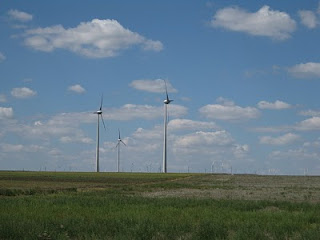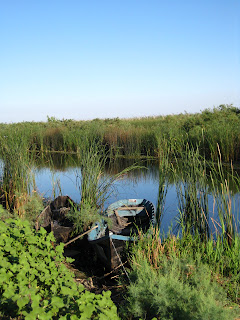No, not Dumas' novel.. the real thing..and their reunion in Iasi, Romania. It all happened in the summer of 2010, when Athos (aka Andrei) and D'Artagnan (aka Costin) decited to pay a visit to their friend, Porthos (aka Cristi), recently married and relocated to Iasi.
And here they are, armed with their cameras, looking for...ahhhh, you will see :-)
The Palace of Culture

Stephen the Great (Stefan cel Mare), Prince of Moldavia between 1457 and 1504. During his reign, he strengthened Moldavia and maintained its independence against the ambitions of Hungary, Poland and the ottoman Empire.

Clock in the central tower, made of an ensemble of eight bells that reproduce, every hour, “The Union Hora”, a melody sang for the first time in Iasi, in 1859 with the occasion of the union of the two Romanian historical provinces Moldavia and Walachia.

The Palace of Culture, designed by the Romanian architect I.D. Berindei in flamboyant neo-Gothic style
...this fight has been won, we'll see about the war...

Metropolitan Cathedral - inside the cathedral, in a silver coffin, lie the relics of Saint Parascheva

Rosetti - Roznovanu Palace, Iasi City Hall. Between 1830 and 1833 it was restored by the known architect Johan Freywald, the one who designed the Metropolitan Cathedral as well.
In its whole, as architecture as well through the interior frescoes and statues which enriched the exterior in 1830, the palace belongs to the neo-classical style, with baroque elements.
Metropolitan Cathedral
Grand Hotel Traian
Two years before Gustave Eiffel became famous for the Statue of Liberty, the American symbol, and seven years before erecting the Eiffel Tower in Paris, the master from Cote d’Or gave birth to a neoclassical masterpiece here in Iasi, Unirii Square: TRAÍAN Grand Hotel
























































